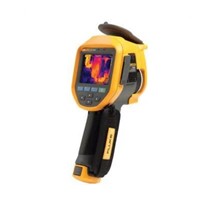The use of infrared temperature measurement technology used in the R&D and the industrial domain is a trusted system and has been applicable in the manufacturing landscape for several years now. This technology known as thermal imaging detects infrared radiation energy emitted by all materials at temperatures above absolute zero.
The non-contact measurement method of thermal imager offers capabilities to capture temperature data of moving objects and of objects in hazardous surroundings safely at optimum conditions, which makes the imager ideal for additive manufacturing. Moreover, the thermal imager opens opportunities for the R&D to gain insight into the product improvement areas through its characteristics of high-speed and identifying the heating and cooling temperature of different regions in the part. It further offers a scope of reducing variations in the design of parts and improving the efficiency of 3D printing.
In additive manufacturing, it becomes absolutely necessary to record temperature developments and deviations in real-time and enable rapid intervention in the ongoing process in order to maintain the quality of the product. The thermal imaging camera from Bestech Australia enables efficient monitoring and control of temperature-critical processes both with low temperatures such as in cooling chains and with very high temperatures such as in glass and metal processing.
Traditional temperature measurement devices, such as thermocouples and resistance temperature detectors, have proven to be unsuited for monitoring in today’s dynamic, high-speed, 3D environments. This can be owed to their need for physical contact with the surface being measured. Moreover, they offer only a single reference point of temperature data, prohibiting users from properly characterizing temperatures of either individual parts or the process.
Thermal imaging cameras, because of their high thermal sensitivities and small spatial resolution capabilities, are able to monitor the effect of changes to printer settings and base materials. And, because they offer non-contact temperature measurements of up to 1 million points in a single thermal image, Thermal imaging cameras are capable of identifying sources of quality problems, including part porosity, delamination, shrinkage, poor surface finish, dimensional or form errors, and thermal stresses and distortion.
Operating in the temperature range of -20 °C to 2450 °C, the TIM series from Bestech Australia comes in a compact design including a USB port / optional Gigabit Ethernet and offers real-time thermography with license-free software. Its extremely light design and easy process integration make it ideally suitable for mobile and stationary 3D printing applications.


(3).jpg)
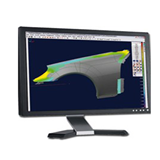


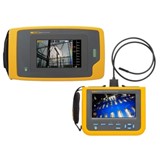
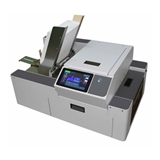
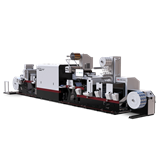
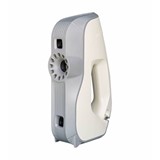

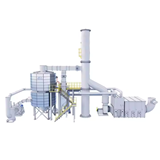

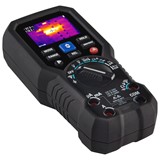


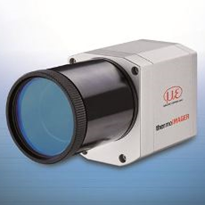
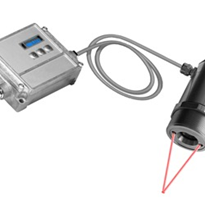
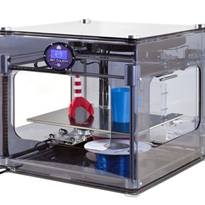
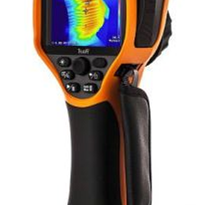
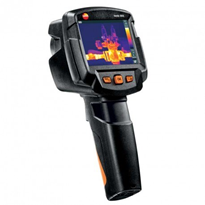
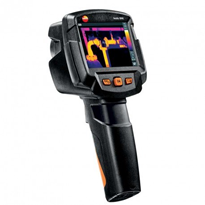




-205x205.jpg)
